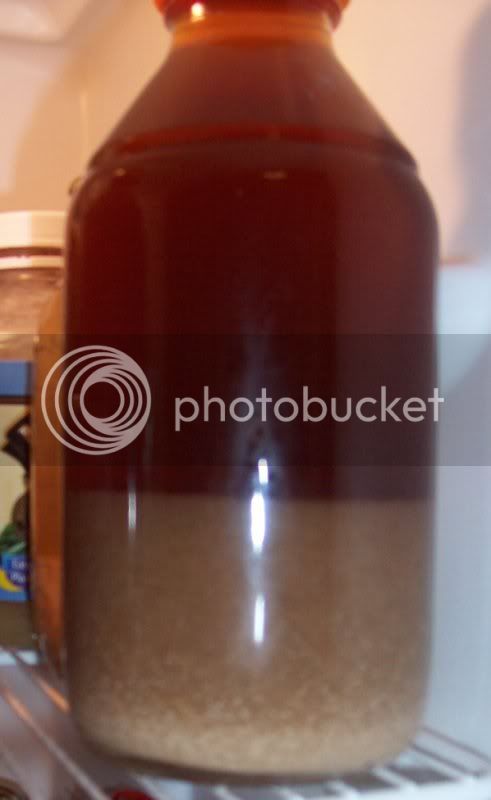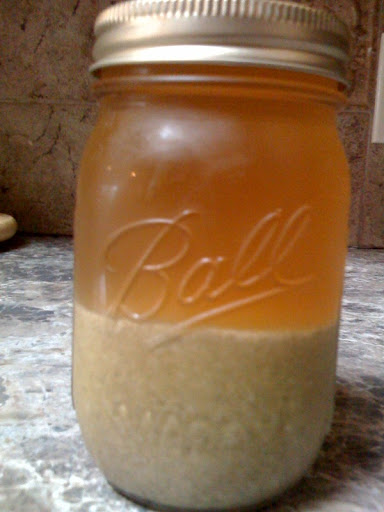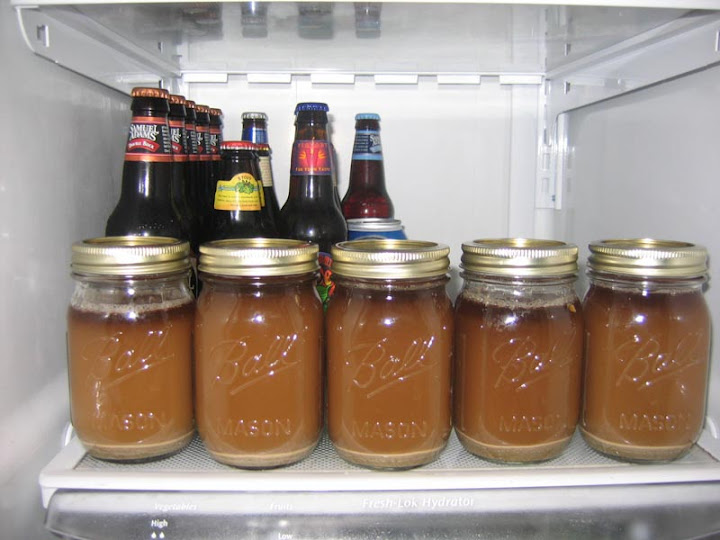SpanishCastleAle
Well-Known Member
I've been trying to find out the same thing Piotr. For example, if you let a 'thick slurry' settle...how much of a yeast cake would you have and how much liquid above it? It's easy to eyeball the approx. volume of that yeast cake in the jar...would be nice to know how many billions of yeast cells per mL of yeast cake there are (not a slurry...the cake itself).
EDIT: I would think it's safe to say our yeast cake is at least as 'thick' as a thick slurry...right? It can't get much thicker than that unless you dried it out. So maybe figure the lower limit as 5 billion cells per mL of cake? Then the viable yeast cell count is a percentage of that.
One thing I've found that's helpful is to pour the slurry from the original fermenter into the second, smaller container and let it settle overnight. Then decant that...then shake it up and let it settle for 30 minutes and then pour into the jars. I get about 3x-4x more of a yeast cake in each jar that way. Maybe I was adding too much extra water (only 2 qt. plus the jar contents...and my 'smaller secondary container' is only 2 qt.) but I always ended up with a nice slurry leftover (after filling the jars) that I hated dumping down the drain. This just lets you concentrate the slurry before you put it in the jars.
EDIT: I would think it's safe to say our yeast cake is at least as 'thick' as a thick slurry...right? It can't get much thicker than that unless you dried it out. So maybe figure the lower limit as 5 billion cells per mL of cake? Then the viable yeast cell count is a percentage of that.
One thing I've found that's helpful is to pour the slurry from the original fermenter into the second, smaller container and let it settle overnight. Then decant that...then shake it up and let it settle for 30 minutes and then pour into the jars. I get about 3x-4x more of a yeast cake in each jar that way. Maybe I was adding too much extra water (only 2 qt. plus the jar contents...and my 'smaller secondary container' is only 2 qt.) but I always ended up with a nice slurry leftover (after filling the jars) that I hated dumping down the drain. This just lets you concentrate the slurry before you put it in the jars.









